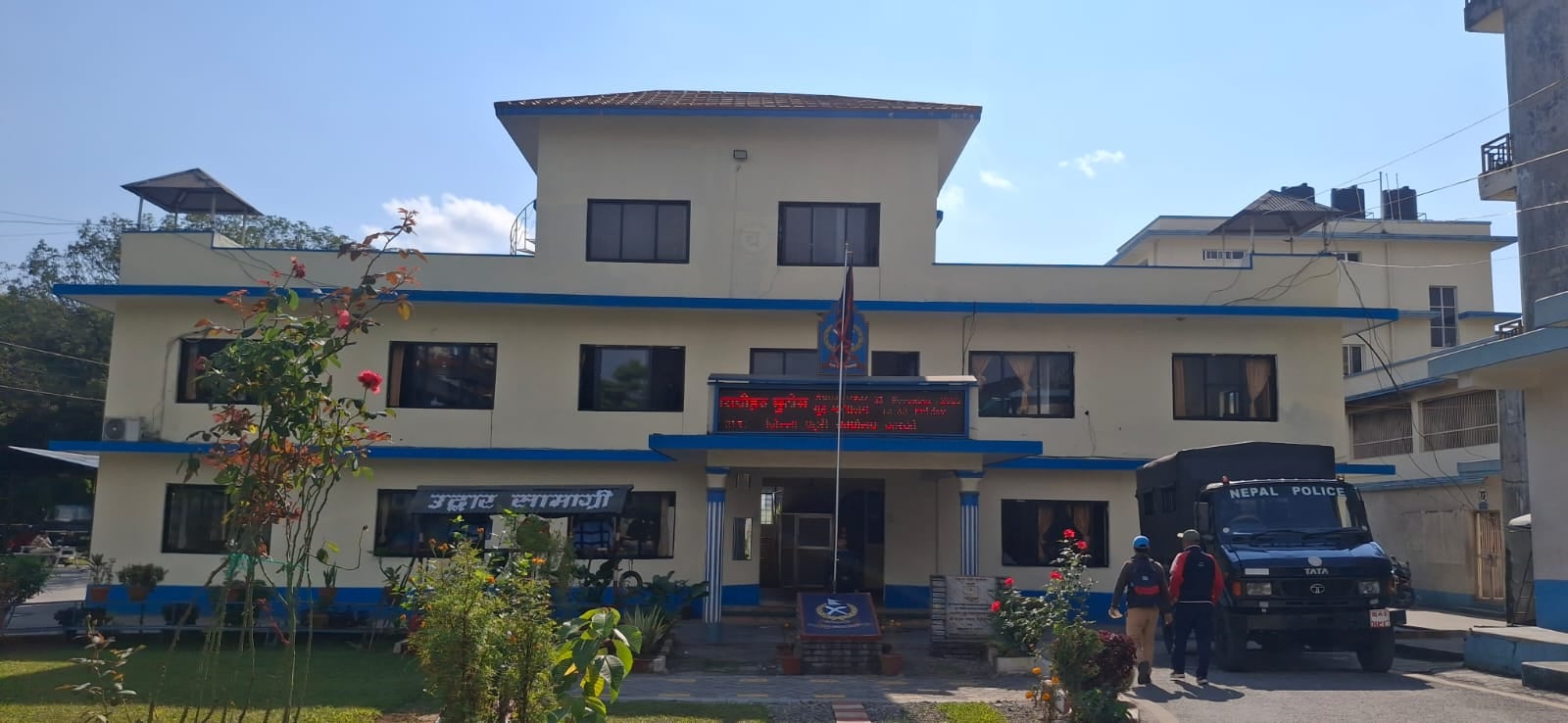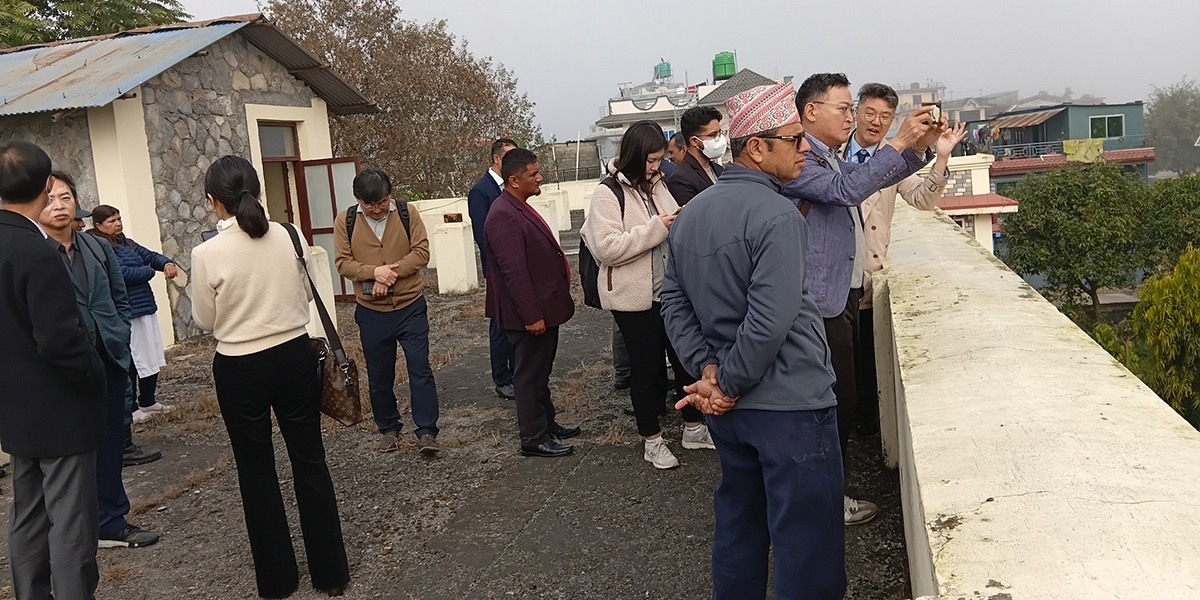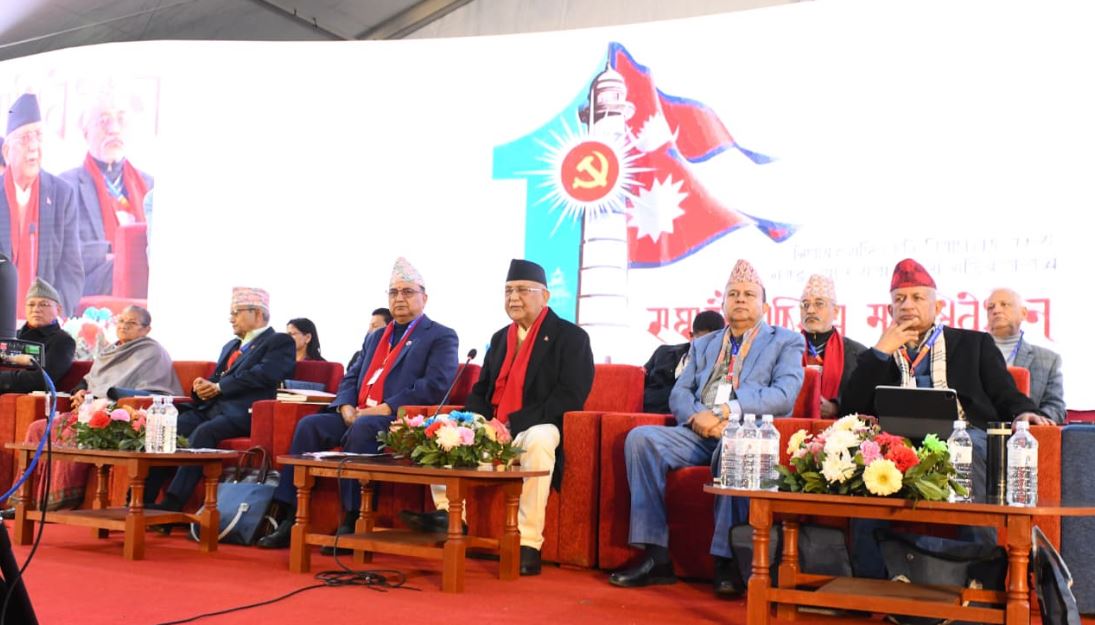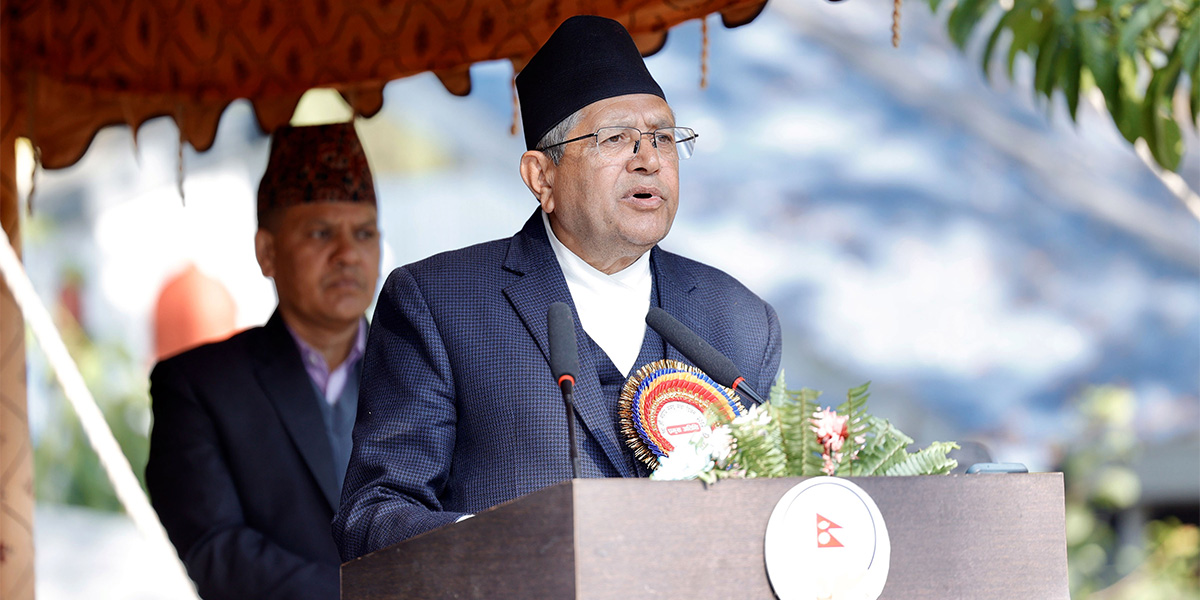 File photo of Birendra Tal glacial lake. (Photo: Nawaraj Bhattarai)
File photo of Birendra Tal glacial lake. (Photo: Nawaraj Bhattarai)
KATHMANDU: A study conducted by the International Center for Integrated Development has concluded that the flood in Budhigandaki River on April 21 was not triggered by a glacial lake outburst flood (GLOF) in Birendra Tal glacial lake. It was triggered by a massive ice avalanche after ice chunks from the snout of the Manaslu Glacier broke and fell into the Birendra Lake, the study report states.
The displacement wave caused a sudden release of water from the lake outlet into the Budhigandaki River in Gorkha. The study found that the overflow did not breach the moraine dam, and there was no significant impact on the dam observed in post-event images.
According to the study, there is a significant risk of debris flow and ice/snow avalanches from the left adjacent valley (considering the direction of flow of the lake water), and, together with anticipated temperature rises and glacier retreat, indicate future occurrences could exceed the moderate impact witnessed in the current event. “Although the April 21 event was moderate in scale and did not result in significant downstream damage, it is essential to note that both the steep and crevassed frontal section and the crevasses over the whole of the Manaslu Glacier have a historical propensity for dry calving. With projected temperature increase and glacier retreat, future events could surpass the moderate impact observed in this instance,” the study report states.
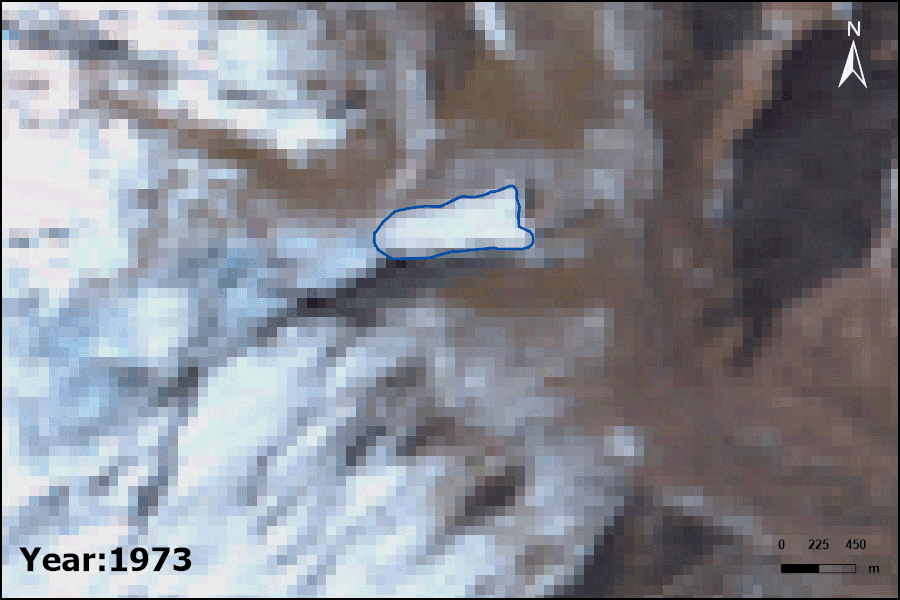
ICIMOD has recommended vigilance from relevant agencies, including Disaster Risk Management Offices, community leaders, and national and local governments. A detailed understanding of glacier dynamics, crevasse formation, and ice detachment processes is crucial to assess the potential risks posed by glacier avalanches and debris flow into the lake, it added.
“Continuous monitoring of the lake using satellite imagery and field monitoring by installing a time-lapse camera is recommended. Additionally, implementing in-situ sensors for lake-level monitoring and establishing a flood early warning system would enhance preparedness and response capabilities,” the report stated.
Stating that weakening glaciers in the region pose risks from various hazards while the countries in the Himalayan region remain ill-prepared to cope with the rapid pace of these changes, ICIMOD has recommended that urgent and strong political action is needed to implement effective risk mitigation strategies to address the situation.
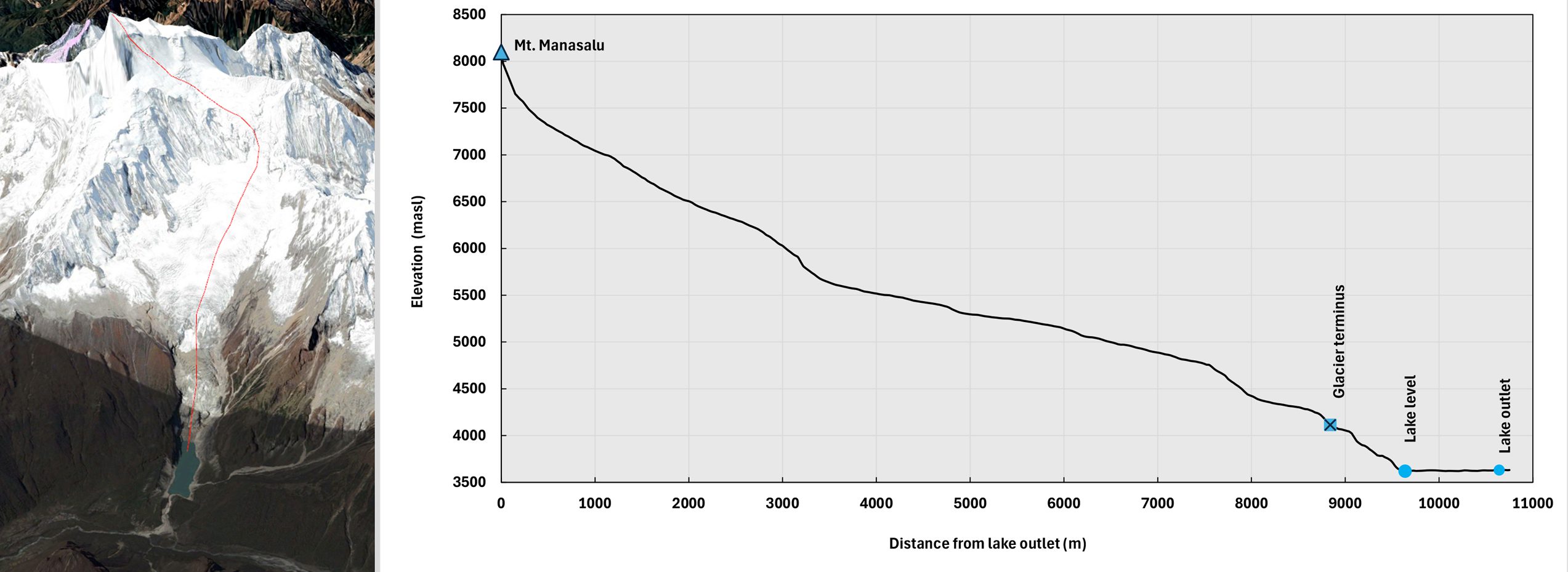

 Himal Press
Himal Press 

